The summer is over, and the crisp fall air has arrived. That means all your gardening work is done, right? Actually, this time of year is ideal for taking care of a few key tasks before winter sets in. Consider following these 13 November gardening tips to ensure your space gets properly prepared for the following spring and summer.
1. Flower Maintenance
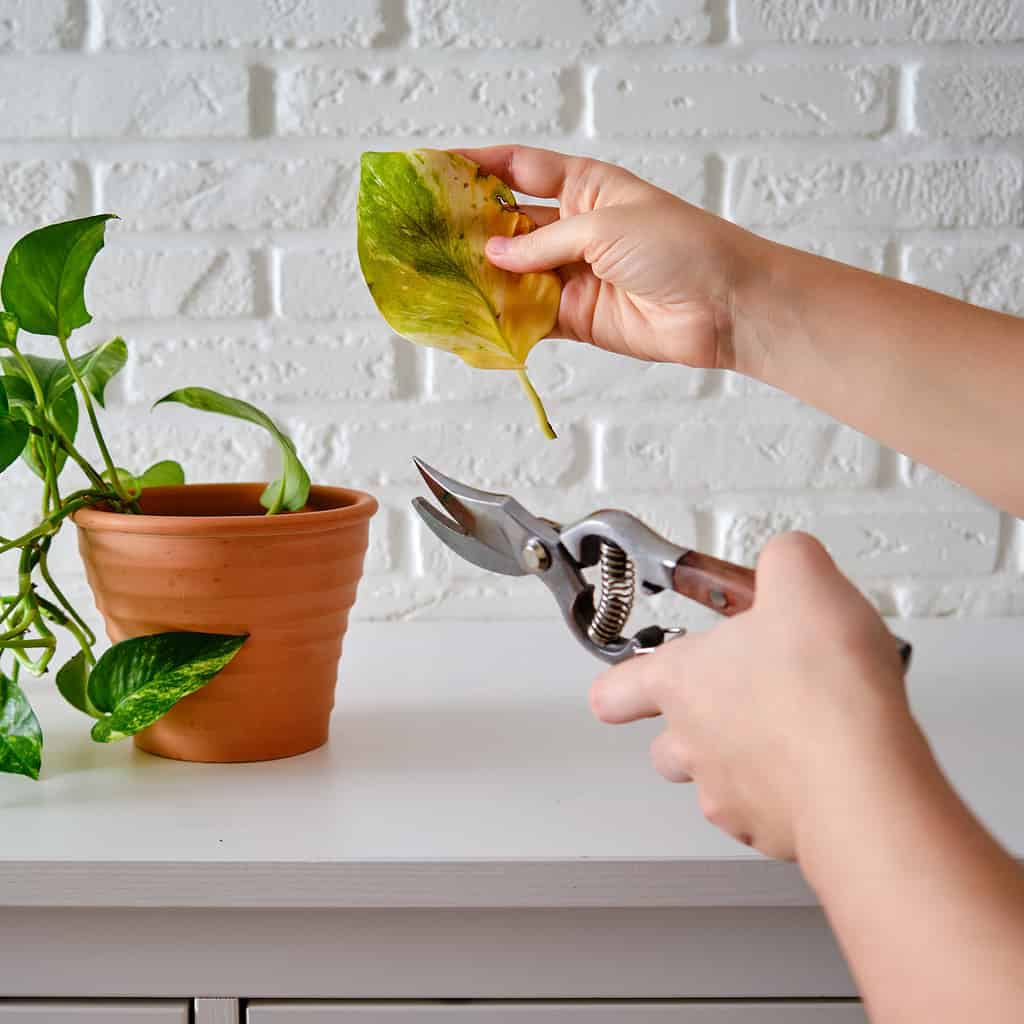
Prune your perennial flowers as necessary to prepare them for winter.
©iStock.com/Andrey Zhuravlev
Getting your perennial flowers ready for winter should be a top priority for November gardening. Now is the time to prune the plants back (as appropriate based on the species). Take time to remove any dead or dying leaves or spent flowers. Inspect your flowers for any frost-damaged parts and carefully remove those. You will want to use sharp shears or scissors for this job. Carefully dispose of any plant parts that have fungal disease so it doesn’t spread.
2. Winterize Flowers

Prune roses and other perennial flowers back in November. You can also cover them on the coldest days.
©Tasha-photo/Shutterstock.com
Once the first true frost arrives, you will know it is time to winterize perennial flowers. Prune them back as appropriate, based on the species. Then, cover them with a thick layer of mulch. Roughly six to ten inches will help protect the plants against the coming freezes.
3. Continue Watering
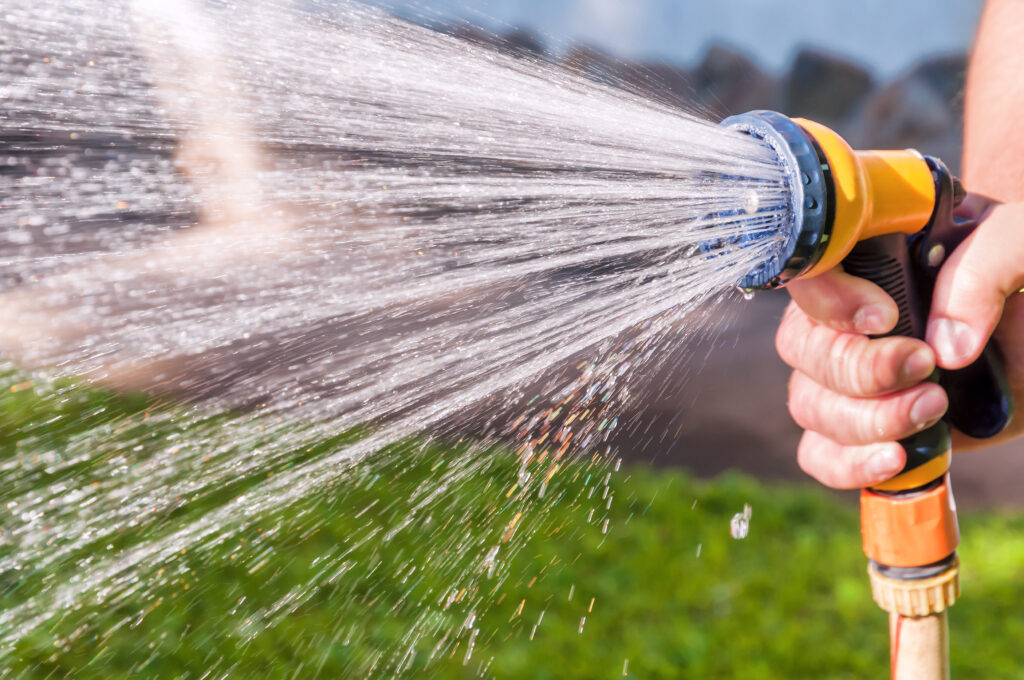
Continue watering any perennial plants until the ground freezes.
©iStock.com/vovashevchuk
Often, fall brings slightly drier weather as we await the arrival of winter moisture. So, any existing plants still need regular watering. Continue providing the standard amount to trees and shrubs until the ground starts to freeze. Make sure to account for any early-season snow, as this will melt and offer a natural water source.
4. Mulch Trees
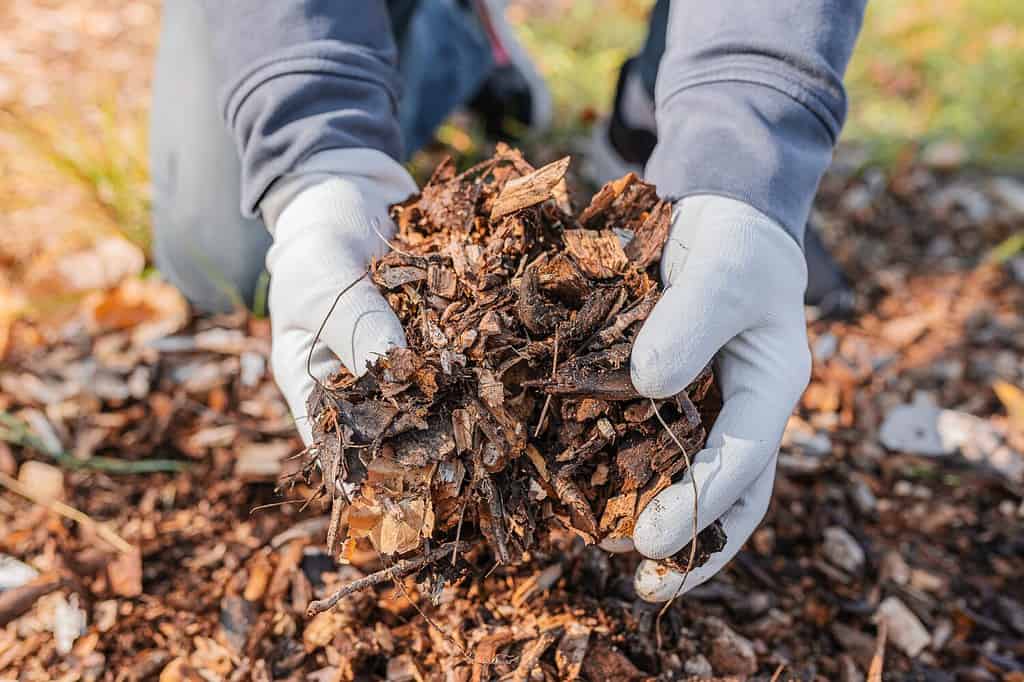
Always apply mulch properly.
©larisa Stefanjuk/Shutterstock.com
All the trees in your yard or garden should get a nice, thick layer of mulch in November. However, it is vital to apply the mulch properly. Keep it a few inches away from the base of the tree. Proper placement will protect the trees against hard freezes while simultaneously leaving room for the roots to breathe and grow.
5. Plant Trees, Shrubs, and Perennial Flowers

Trubs, shrubs, and perennial flower bulbs all do best when they get planted just before winter.
©dreakrawi/Shutterstock.com
November is the prime time to get perennial plants in the ground. That is if the ground hasn’t frozen yet. Trubs, shrubs, and perennial flower bulbs all do best when they get planted just before winter. They require a period of cold stratification, which allows solid root systems to develop before the plant diverts energy into growing upward. Getting these plants in the ground during the fall offers them ample opportunity to develop deep, strong root systems.
6. Mow Your Leaves
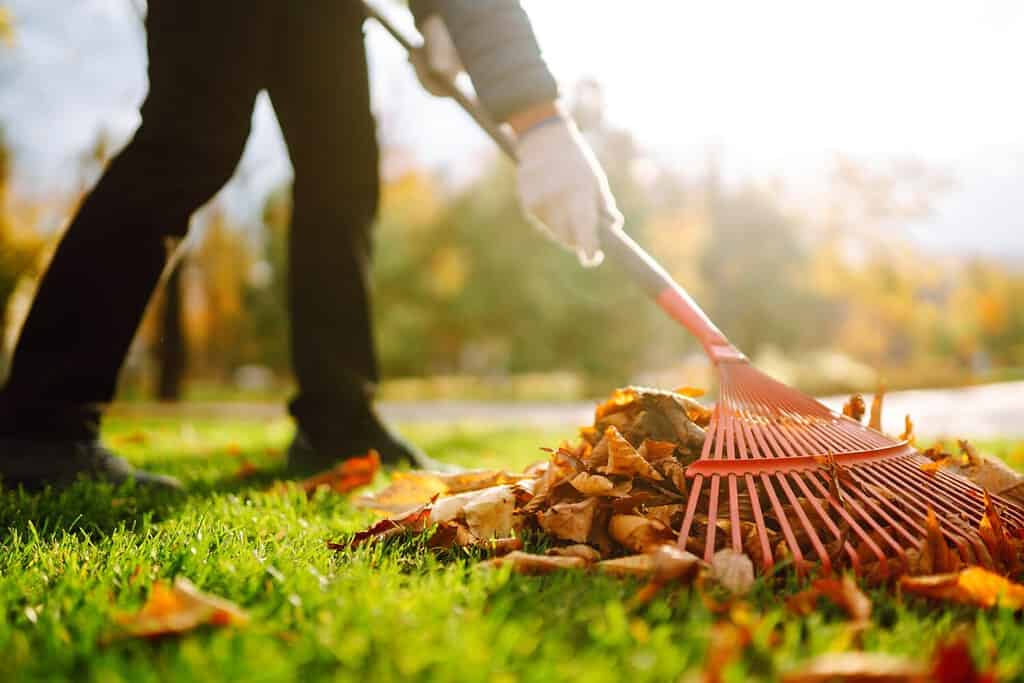
One of the best ways to take care of excess fall leaves is to mow over them.
©maxbelchenko/Shutterstock.com
It may sound a bit odd. But one of the best ways to take care of excess fall leaves is to mow over them. Many people pack as many leaves as possible into trash bags and let the waste management companies handle them. However, those fall leaves are a natural fertilizer and can greatly improve the health of your yard or garden. You could move them into your garden beds and let them decompose. Or, you could mow over the top of them to break them up into small pieces. Doing the latter will ensure all your outdoor spaces get well-fertilized.
7. Stop Fertilizing
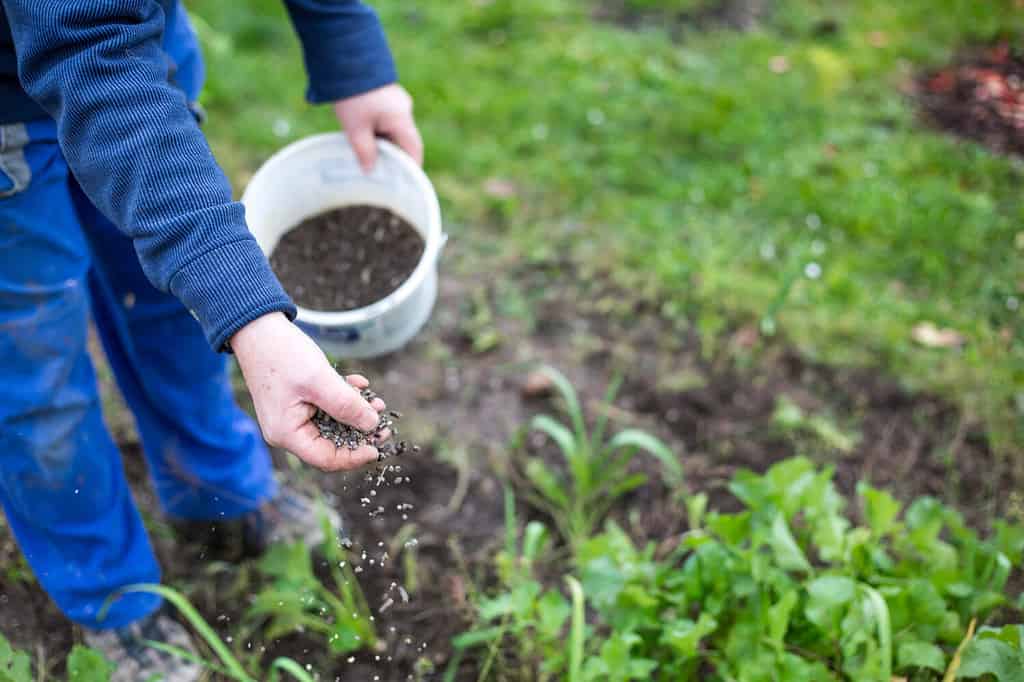
Remember to stop fertilizing in November.
©Simon Kadula/Shutterstock.com
While the best time to stop fertilizing was earlier in the fall, everyone gets busy, and things slip through the cracks. So, if you got into a fertilizing groove and haven’t stopped yet, now is the time. Your houseplants and outdoor plants all need a chance to rest. Hold off on adding any additional fertilizer until the spring.
8. Blow Out Sprinklers

Protect your sprinkler system by blowing it out to remove residual water.
©iStock.com/MaYcaL
Some people may have already taken care of this step in October. It all depends on when your average first hard freeze is. However, if you live in a warmer climate, you likely haven’t taken this step yet. You can do the job yourself or hire a landscaping company to take care of it on your behalf. This step is critical. It will help protect your sprinkler system from damage. Residual water in sprinkler lines will expand during a freeze and could cause significant (and costly) damage.
9. Clean and Winterize Garden Tools
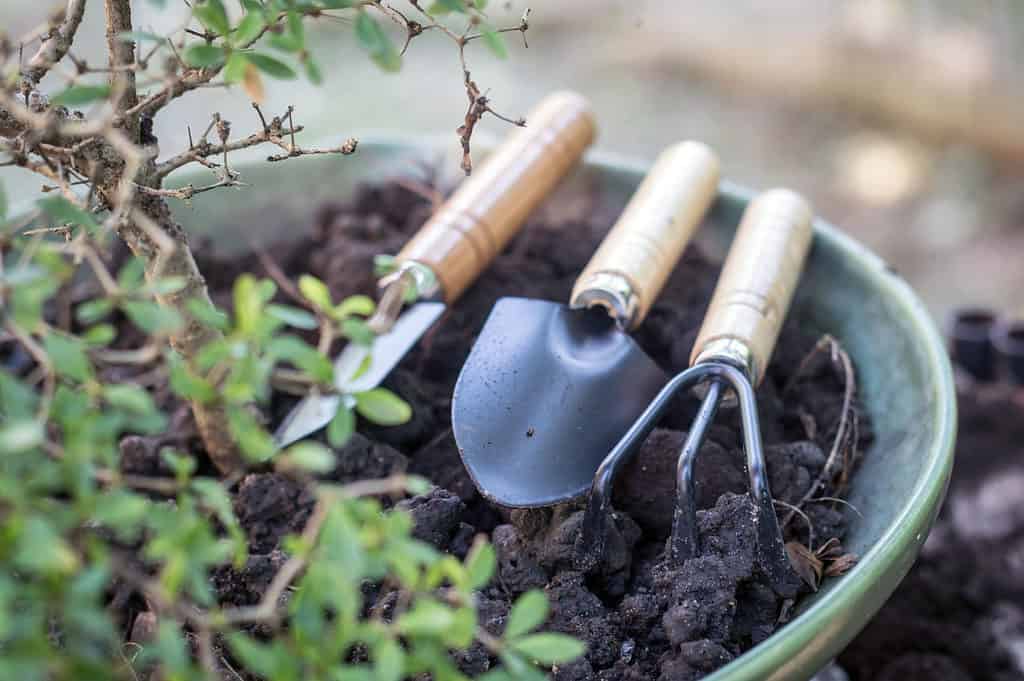
Use November to care for any garden tools needing attention.
©wonderisland/Shutterstock.com
Even if you plan on doing some fall or winter gardening, you can use November to clean and winterize most of your garden tools. Fall is the ideal time to clean and oil any tools so they are ready for next year’s adventures! Tuck your lawn mower away toward the end of the year. Other steps to take include turning off outdoor faucets, storing hoses, and putting all tools inside.
10. Mulch Berry Plants

Protect your perennial berry plants during the coldest months.
©V_Sot_Visual_Content/Shutterstock.com
Protect your perennial berry plants, like strawberry, blueberry, and blackberry, during the coldest months. A good, thick layer of straw will help guard against unwanted frost and freeze damage. Straw is a fantastic choice for this job.
11. Clean and Till Garden Beds

Clean out your garden bed or any overgrown yard sections in November.
©goldyrocks/iStock via Getty Images
Another November gardening task is to get your beds in order for the following growing season. Clean out as much large plant matter as possible, taking extra care to remove any diseased plants. You don’t need to worry about making everything perfectly clear. After all, dead plant matter is nature’s fertilizer!
Once you’ve got the majority of the big stuff out of the way, it is time to till the beds. This process will help break up any residual plant matter so it can decompose more rapidly. Additionally, tilling will expose most pests in the soil. Then, the cold weather can take care of them.
12. Add Compost and Mulch to Garden Beds
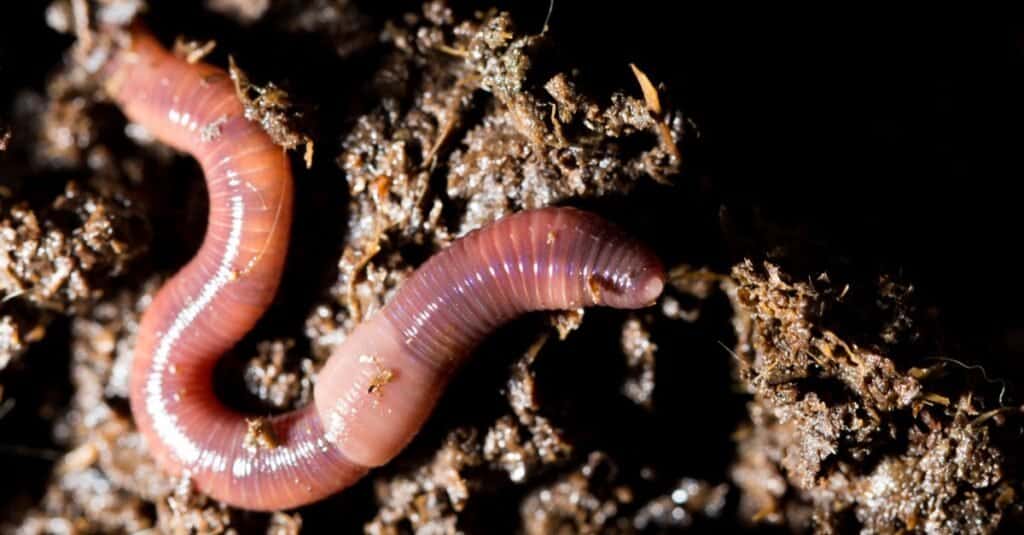
Add compost in the fall (and in the spring) to boost your soil’s nutrient content. Consider adding worms to your homemade compost to boost the breakdown process.
©schankz/Shutterstock.com
Whether you have your own compost pile or prefer to purchase an organic mix, you can add an additional layer at the season’s end. Doing so will give the soil a jumpstart on absorbing much-needed nutrients. The soil most likely got heavily depleted during the growing season. So, a thick layer of compost after tilling will help replenish some of that nutrition. Once you’ve done that, consider adding some mulch on top. Not only will it give the compost plenty of time to break down further, but it will also help suppress weed growth in the spring. Most weeds won’t grow through the mulch, making your job that much easier next gardening season.
13. Test the Soil

Take soil samples before adding that fall compost and mulch layer, and send them off to a specialized lab or your local extension office.
©Deemerwha studio/Shutterstock.com
Even if you add compost every year before planting and fertilize regularly, your garden soil may still be missing key nutrients. Its pH levels could also be off. You can easily address both of these items as part of your November gardening plan. Take soil samples before adding that fall compost and mulch layer, and send them off to a specialized lab or your local extension office. The results will take a few weeks. So why not get it out of the way at the end of the season instead of trying to remember in the spring? You’ll have all the necessary data to make smart amendment choices in the spring and set the garden up for success!
Summary of 13 Must-Follow November Gardening Tips
| Number | Tip |
|---|---|
| 1 | Flower Maintenance |
| 2 | Winterize Flowers |
| 3 | Continue Watering |
| 4 | Mulch Trees |
| 5 | Plant Trees, Shrubs, and Perennial Flowers |
| 6 | Mow Your Leaves |
| 7 | Stop Fertilizing |
| 8 | Blow Out Sprinklers |
| 9 | Clean and Winterize Garden Tools |
| 10 | Mulch Berry Plants |
| 11 | Clean and Till Garden Beds |
| 12 | Add Compost and Mulch to Garden Beds |
| 13 | Test the Soil |
The photo featured at the top of this post is © iStock.com/Smileus
Thank you for reading! Have some feedback for us? Contact the AZ Animals editorial team.







